TENNIS RULES & SCORING
How Do Points Work in Tennis?
The tennis scoring system can be quite confusing for newcomers, but once playing commences, you'll find it isn't a difficult sport to follow.
We will try to break down the points system into simple terms, telling you how you score points later on. So, without any fluff, let's get into it.
Point Scoring Terms & Basic Knowledge:
• Love: Zero points
• 15: 1 point
• 30: 2 points
• 40: 3 points and game (providing the winning player is two points clear)
• Deuce: Both players reach 40-40. To win the game, a player must win two consecutive points
• Advantage (Ad): The point won after deuce
• Ad-in: Server wins the point after deuce
• Ad-out: Reciever wins the point after deuce
One more thing to note is the phases of each tennis match, which you've probably heard before — Game, Set, and Match.
A game is played until a player reaches 4 points (or more, depending on whether there's a deuce).
A set is a collection of games played until a player reaches 6 or more wins (the last two points need to be consecutively won, but we'll talk more about that later).
Finally, a match is won when a player wins the required number of sets. It's usually the best of 3 or 5. In men's Grand Slam events, the winner is usually the first to win 3 sets of 5.Tennis Scoring Rules
Tennis Scoring Rules
There are a few situations in which a player won't win the game or set if they reach the required points. Let's explain what we mean:
Winning a Game
During a game, if a player wins 4-3, they will not win the game. They need to win by two clear points, for example, 5-3.
If the game is 3-3 (40-40), this is called a deuce, and the player who wins the next point has advantage, but they haven't won yet, they'll need to win the next point.
However, if their opponent wins the next point, the game returns to deuce until a player wins by two clear points.
Winning a Set
Winning a collection of games is called a set, as you now know. You usually need to win 6 to win the set with a minimum two-game margin. Below are a few examples:
• 6-0, 6-1, 6-2, etc., wins the set if there's a two-game margin.
• 6-5 isn’t enough to win; the leading player must win 7-5 to secure the set.
• If the set reaches 6-6, a tiebreak is usually played unless an advantage set is being played. In this case, players must continue until one of them leads by two points. e.g. 8-6.
Tiebreaks
In a tiebreak set, players need to win six games to win the set. If the score is 5-5, one player needs to win the next two games to win the set.
If the score reaches 6-6, a tiebreak game is played.
In a tiebreak game, the player due to serve serves the first point from the right. After the first point, players serve two points each, starting from the left. Players will then switch sides every six points (e.g., after 3-3).
The first player to win 7 points by a 2-point margin will win the tiebreak.

How Tennis Players Win Points
Tennis points are won by combining skill, strategy, and mental toughness. Whether it's hitting winners, capitalising on opponents' mistakes, or forcing their errors, the key is to outlast your opponent.
Here is a breakdown of how you exactly win points:
- Forcing errors from the opponent — If a player is under pressure, they're more likely to make mistakes, like hitting the ball into the net or out of bounds, giving their opponent the point.
- Hitting a winner — A winner is a shot the opponent can't reach or hit back due to its perfect placement, speed, and spin, awarding the other player the point.
- Serving aces — An ace occurs when the player serves the ball and the opponent fails to touch it, resulting in an immediate point for the other player.
- Double faults by the opponent — A player wins a point if their opponent double faults — failing to land both their first and second serves in the correct service box.
- Opponent fails to return the ball properly — If the opponent hits the ball out of bounds, into the net, before it bounces, or bounces twice on their side before returning, the other player will receive a point.
- Net violation & foot faults from the opponent — If the opponent touches the net with their racket, body, or clothing during a point, the other player will get a point. The same is true if the opponent is serving and steps a foot over the baseline before their serve.
- Hindrance or code violations — Players can win points if the opponent deliberately distracts them during a point or commits a code violation (like repeated time violations or unsportsmanlike conduct).
How to Read Tennis Scores
Tennis scoreboards can be complex at first glance, but once you understand the basic layout, it'll be easy to interpret when you watch your next game.
So, a basic scoreboard usually displays the following information: player names, set scores, current game scores, and match status indicators (like a symbol or light indicating who is serving, who has won, etc.).
The set score will be shown in a 1,2,3, etc. layout, but the games will be shown in the traditional tennis layout, which is, as you now know, 15, 30, 40, and game — the winning point.
If a tiebreak is played, the scoreboard might show something like 7-6 (7-4). The 7-6 indicates the set score, while the (7-4) indicates the tiebreak score.
If a deuce (40-40) is shown, when a player wins the next point, it might show Ad-in or Ad-out.
During professional Grand Slam matches like Wimbledon or the US Open, scoreboards may also include match duration, challenge system, serve speed, and match statistics.



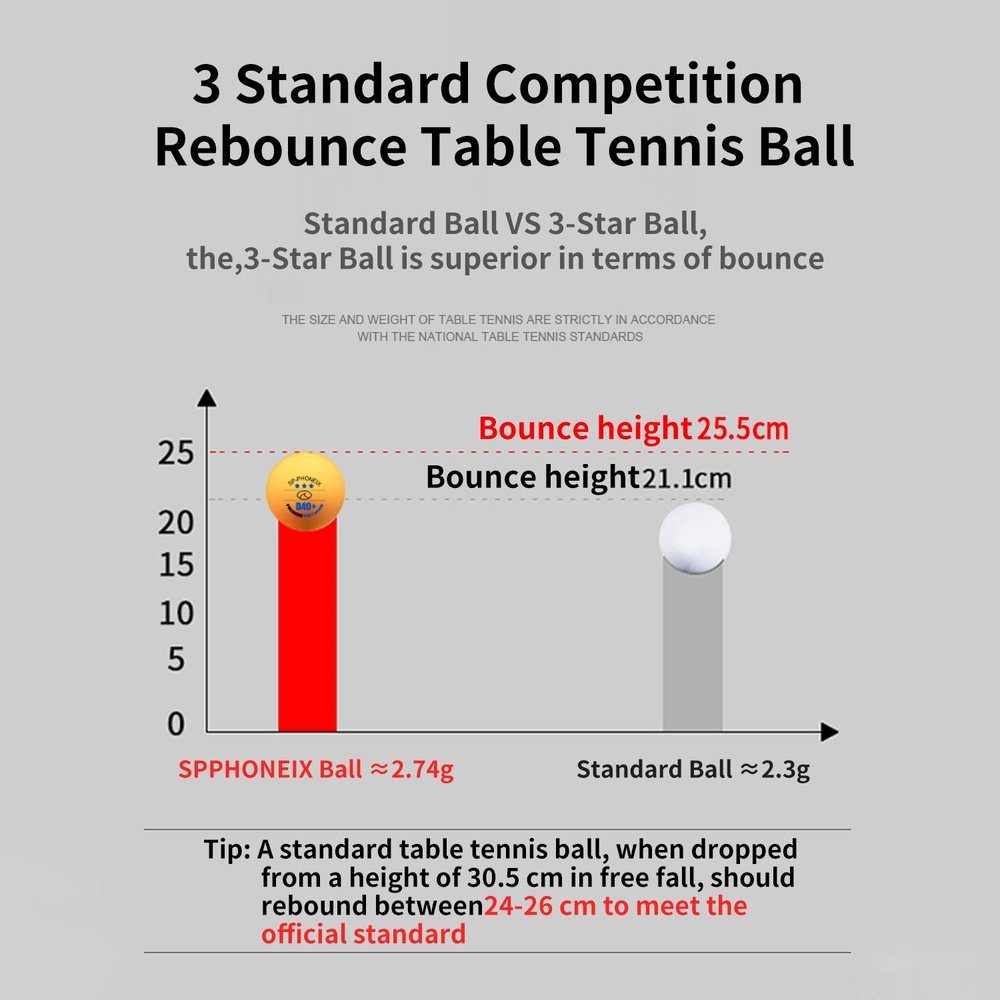
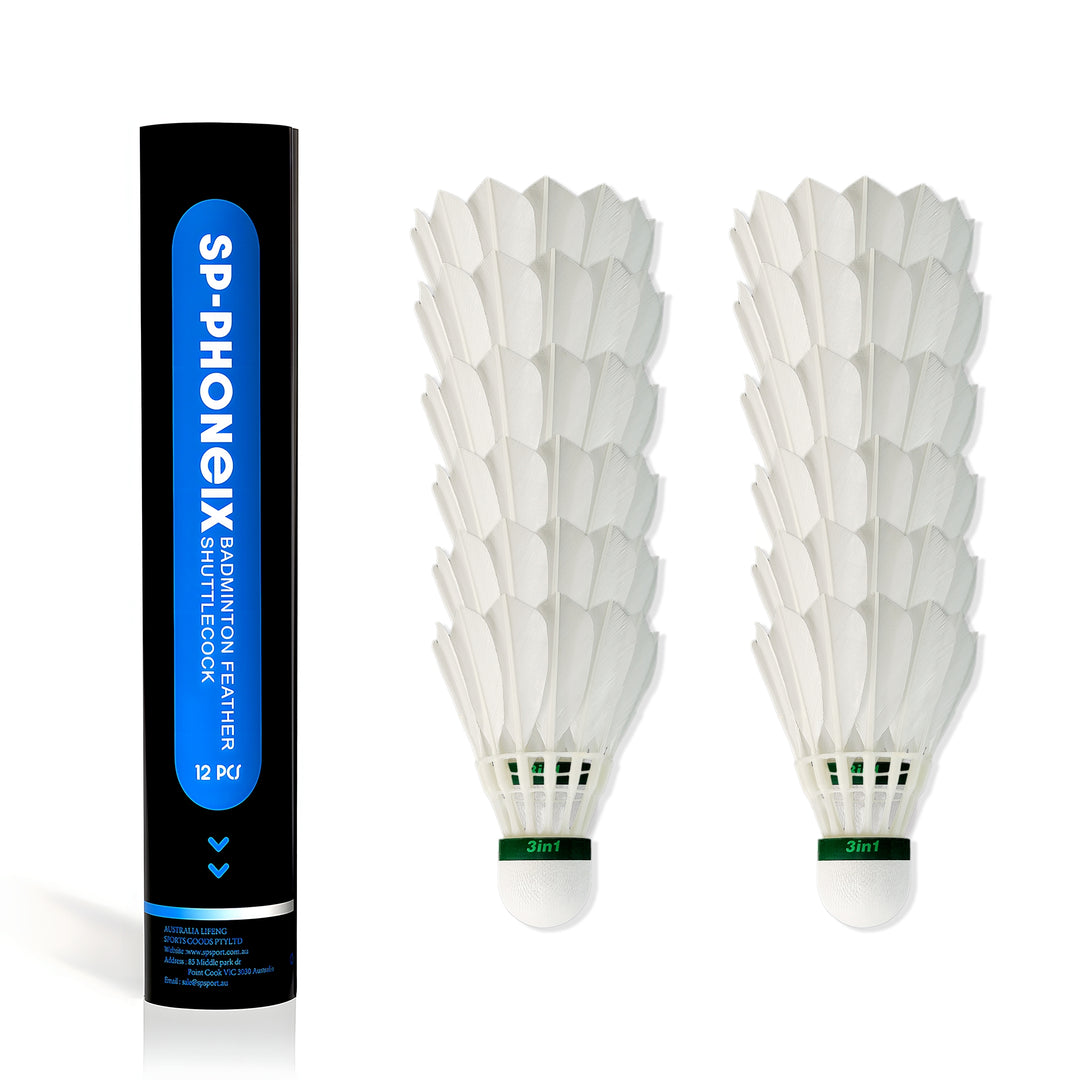
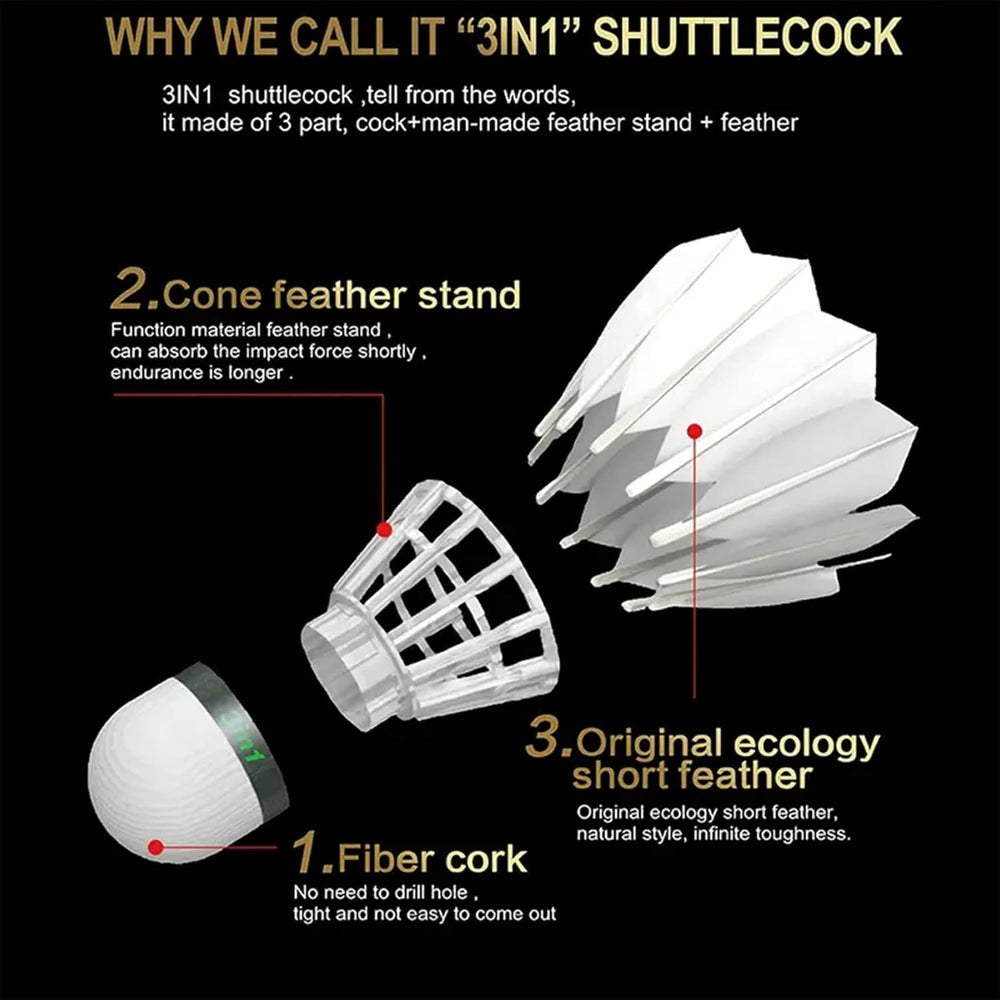
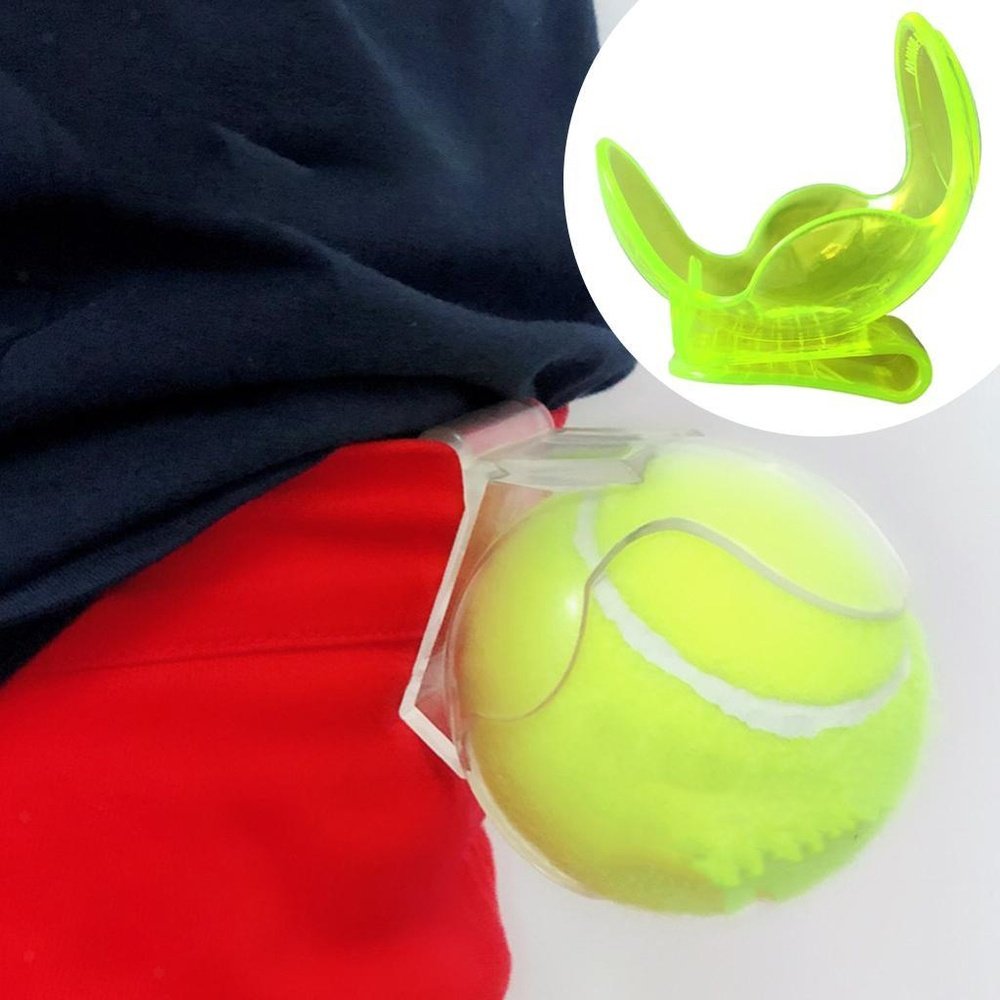
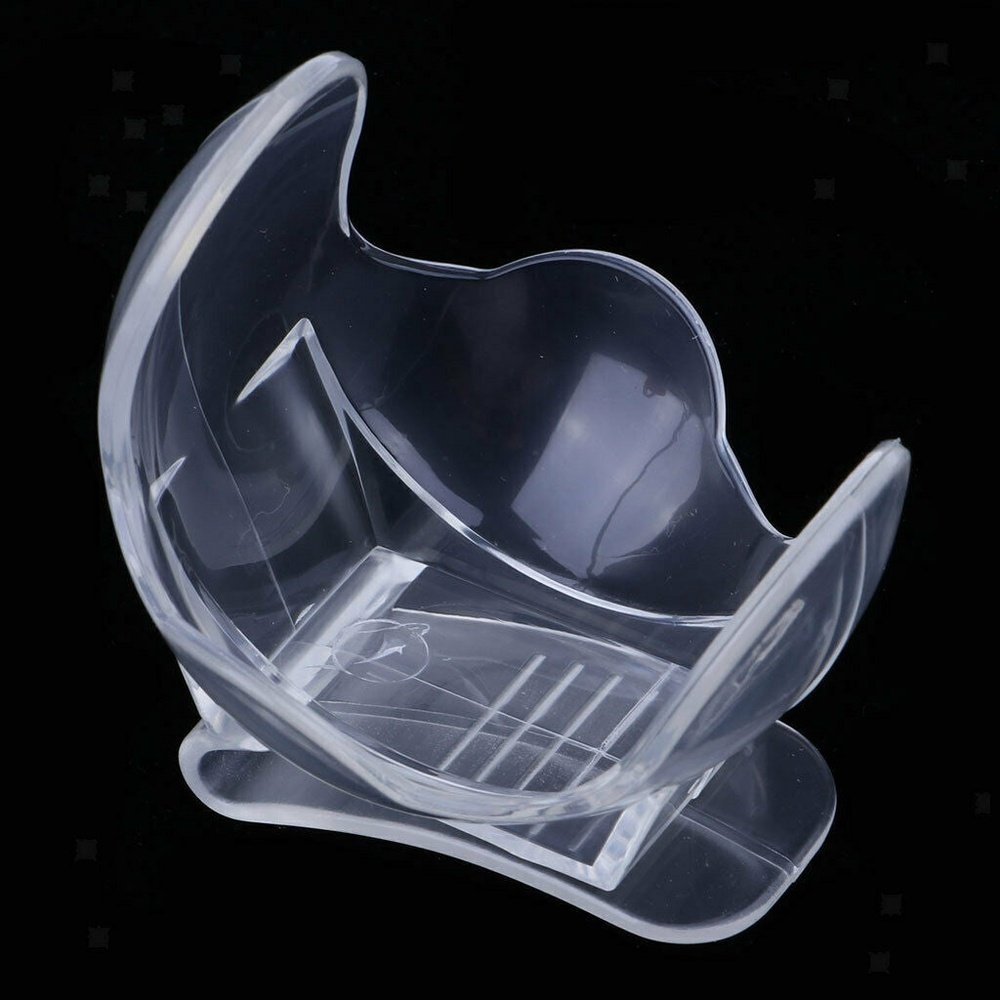

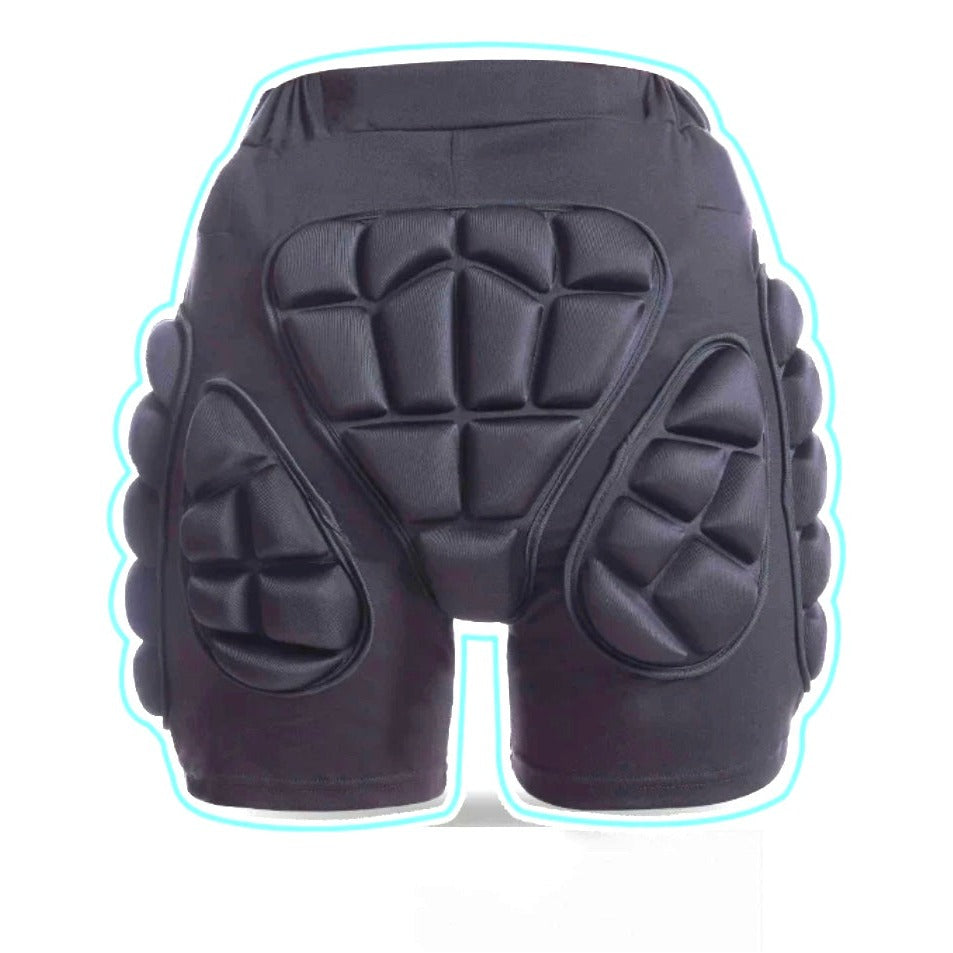



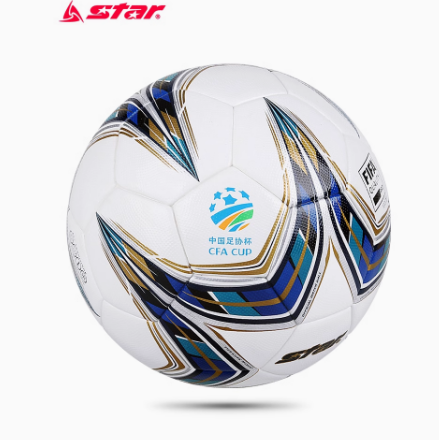
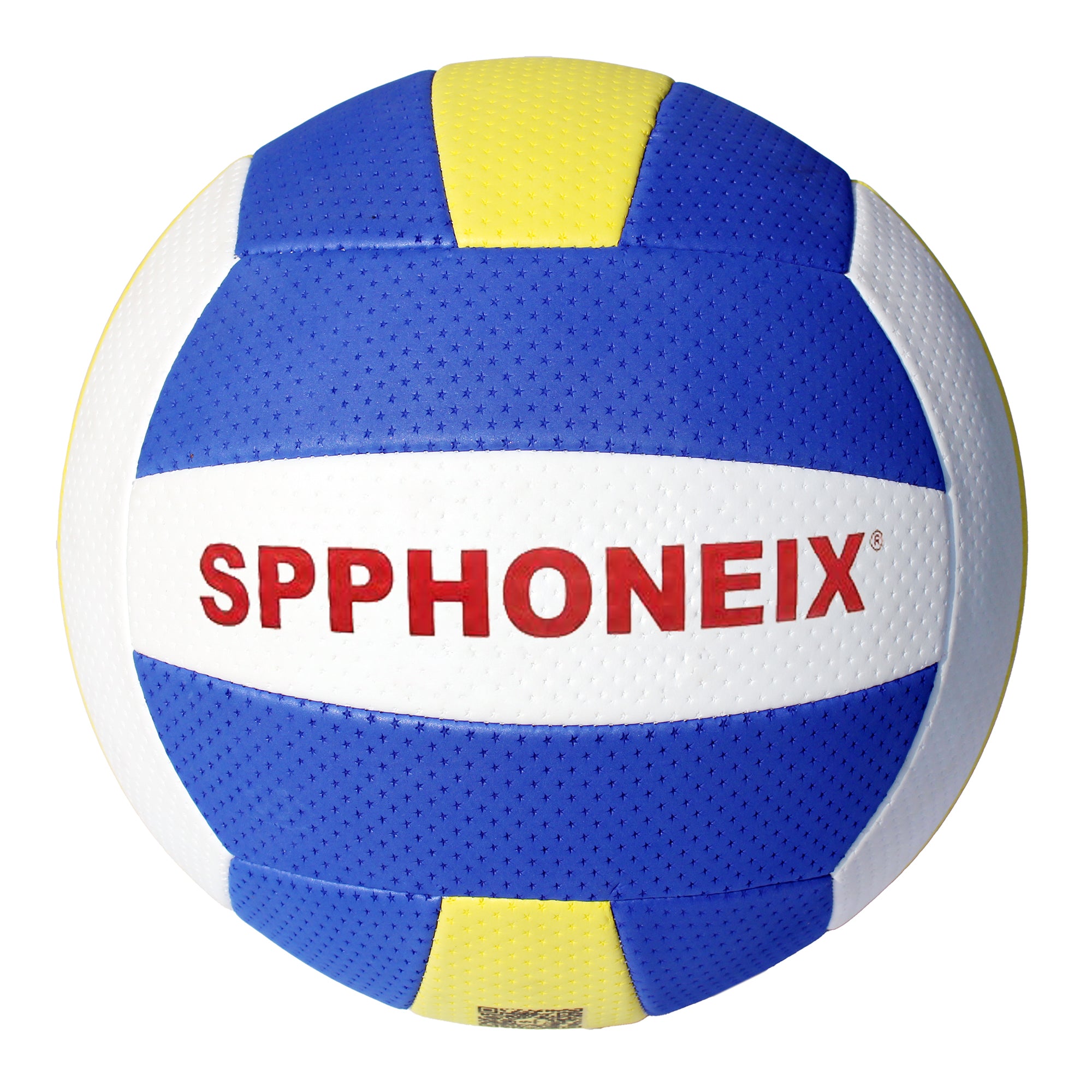
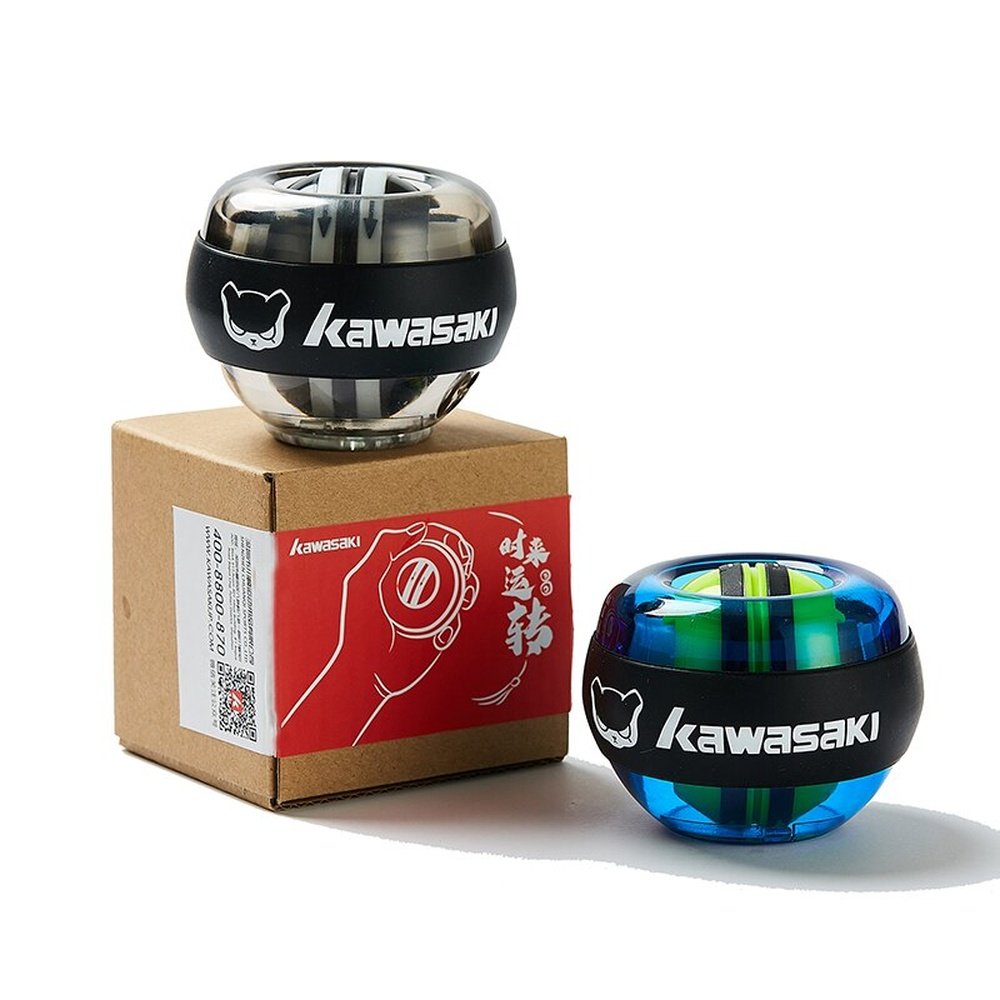
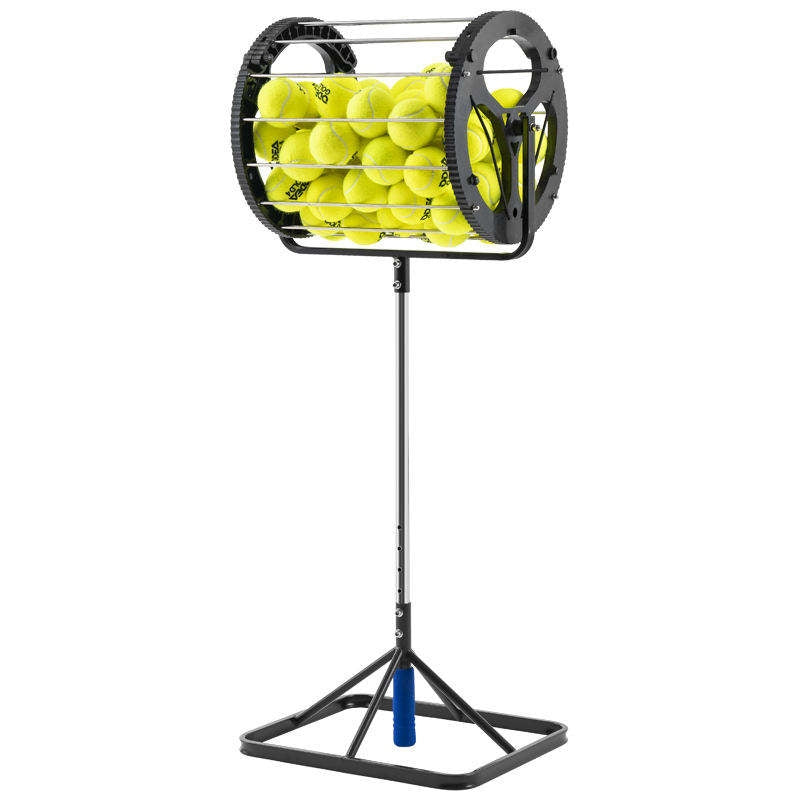
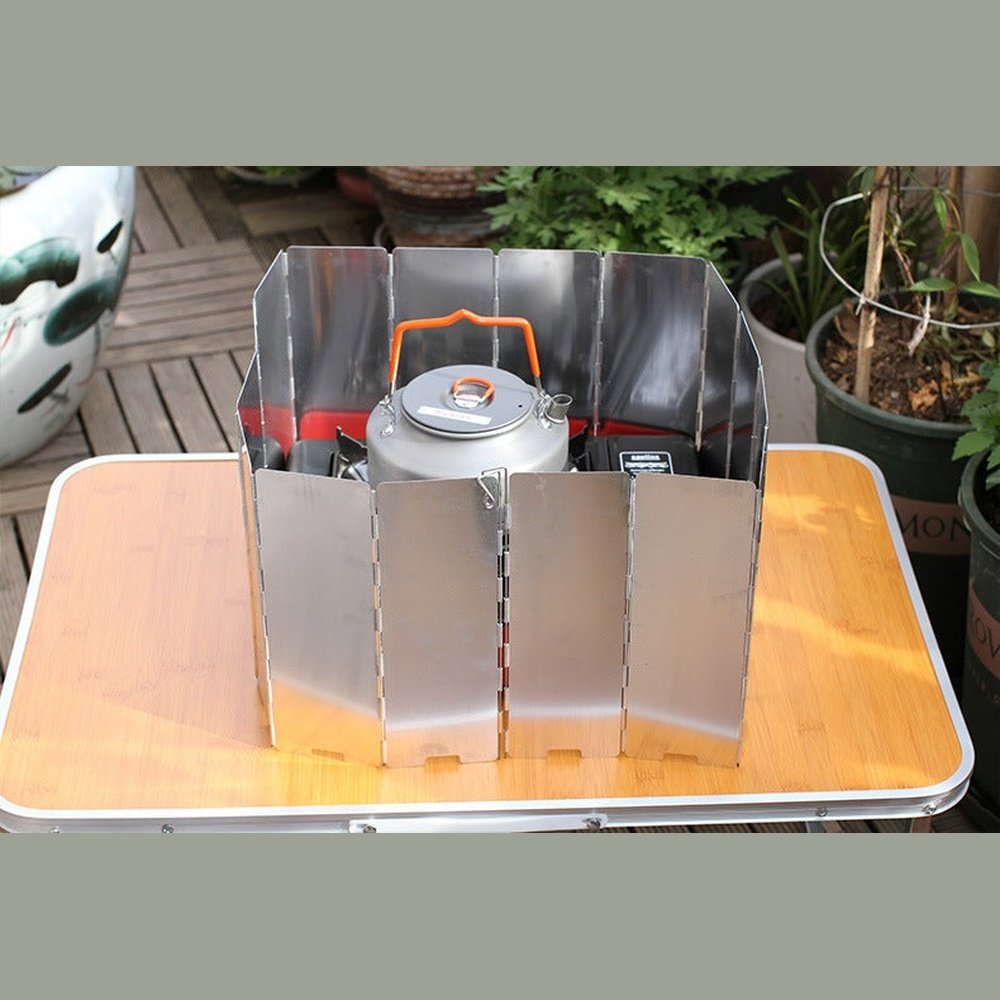

Leave a comment